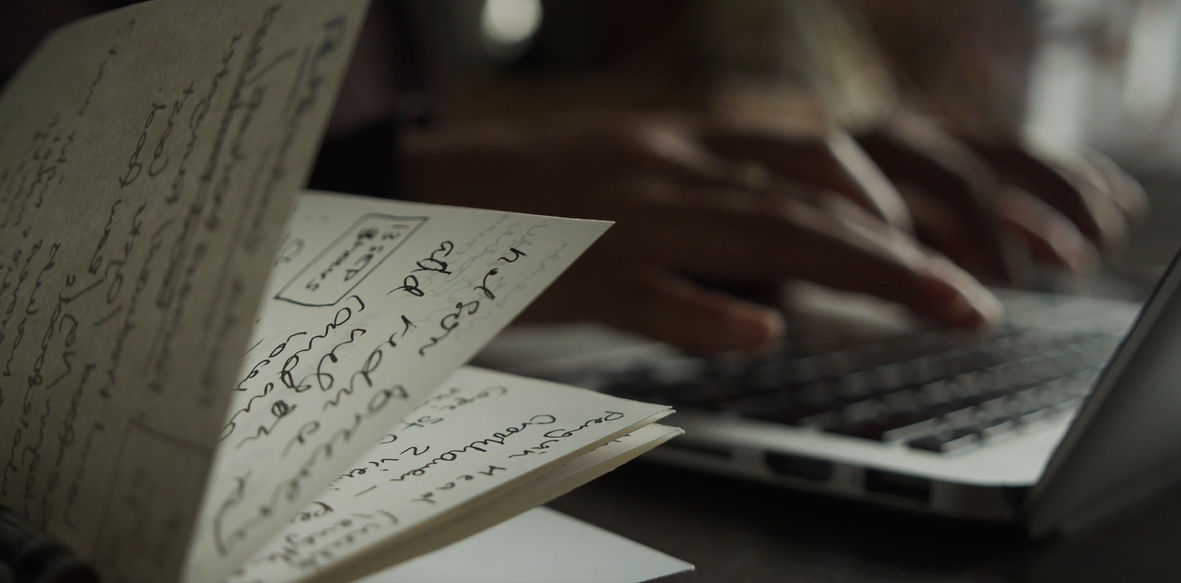The Slate Studio Guide: Storytelling for Documentaries
Forget just cramming facts down viewers' throats. It’s all about building a story that pulls people in, informs them, and maybe even makes them feel something.
It's about finding the heart of your topic, the stuff that makes people say, "Hey, this is interesting…" The ultimate goal? To make viewers connect with the story on an emotional level. That's the power of documentary storytelling.
Your job is to craft a compelling narrative that keeps people hooked. You get to decide the story, how it unfolds, and what gets included. Think of yourself as a guide that leads the audience on a journey through your documentary.
But with so many documentaries and interviews out there, how do you make yours stand out? Here at Slate Studio, we've got your back. Let’s dive deep into everything you need to know, from finding the perfect story to crafting a visual narrative that resonates with your audience.
Building Your Documentary's Core Story
The core of any documentary is its story. Without a strong story, even the most visually stunning documentary can fall flat. So creating a compelling story is not an easy task. It requires a deep understanding of your subject, a clear vision of your narrative, and the ability to weave together various elements into a cohesive whole.
Finding the Right Story: The first step in documentary storytelling is finding the right story. This is usually the most challenging part of the process. You need a story that’s compelling, relevant, and capable of engaging your audience. But remember, the best stories are often hidden in the most unexpected places. So keep your eyes open, your mind curious, and your heart receptive to the stories around you.
Research and Immersion: Once you've found your story, it's time to dive deep. Research your subject thoroughly. Understand their world, their struggles, their dreams. Immerse yourself in their life.This immersion will not only give you a deeper understanding of your subject, but it will also help you find the unique angle that will make your documentary stand out.
Interviews: Interviews are a powerful tool in documentary storytelling. They give your audience a direct insight into your subject's world. They bring authenticity and depth to your story. But conducting effective interviews requires skill. You need to ask the right questions, listen carefully to the answers, and create a comfortable environment for your subject to open up.
Structuring Your Narrative: A well-structured narrative is key to a compelling documentary. It's what keeps your audience engaged, what guides them through your story. It's the backbone of your documentary. Your narrative should have a clear beginning, middle, and end. It should take your audience on a journey, building tension and anticipation along the way. And most importantly, it should resonate with your audience, leaving them moved and inspired.
Visuals That Speak Volumes
They're not just there to fill space, folks. Great visuals are like the perfect sidekick in your storytelling journey. They can breathe life into your narrative making complex topics easier to understand which leaves a lasting impression on viewers. Powerful images and well-crafted scenes become a universal language, one that goes beyond words and connects with your audience on a deeper level.
B-roll, Archival Footage, and More: Okay, so B-roll, archival footage, animations, graphics – They're like spices in a recipe – they add flavor and make your story richer. Use them right, and they can totally boost your documentary. But remember, fancy visuals shouldn't steal the show. They should back up your story, not take over. So, keep your main message front and center when choosing what to show.
Sound Design and Music: Don't sleep on sound in documentaries. Music and sound effects might seem like background noise, but they can 100% transform your story. Think about it: the right sounds can set the mood, build suspense, make you laugh, or even cry. From calming nature sounds to the perfectly curated soundtrack, every little bleep and bloop should have a job.
Editing: This is where your story really comes alive. You take all that good footage you shot and put it all together. It's about picking the best parts, the bits that build your narrative the strongest. But editing's not just snipping things out. It's about finding the rhythm or the sweet spot, aka the flow that keeps viewers hooked from beginning to end.
Your Documentary, Your Story
Documentary storytelling is a delicate balance. On one hand, you want to tell a compelling story. On the other hand, you need to respect the truth and the people you're portraying. This is the ethical challenge of documentary filmmaking. It's crucial to approach your subjects with empathy and respect. Always remember, these are real people with real stories. Your job is to tell those stories honestly and fairly, without exploiting or misrepresenting them.
In the end, documentary storytelling is about sharing your unique perspective with the world. It's about taking your audience on a journey, showing them something they've never seen before, or making them think about something in a new way. So go out there, find your story, and start crafting your documentary. The world is waiting to hear what you have to say.
Need to find the perfect space for captivating interviews and B-roll? Slate Studio PVD in Providence, RI has you covered. Our state-of-the-art facility boasts a professional soundstage with pristine acoustics and lighting, ensuring crystal-clear audio and beautifully lit interviews. The versatile shooting space allows you to capture dynamic B-roll footage with ease, while the relaxed and comfortable atmosphere keeps your interviewees comfortable. Contact us today to discuss your project and book your shoot.




